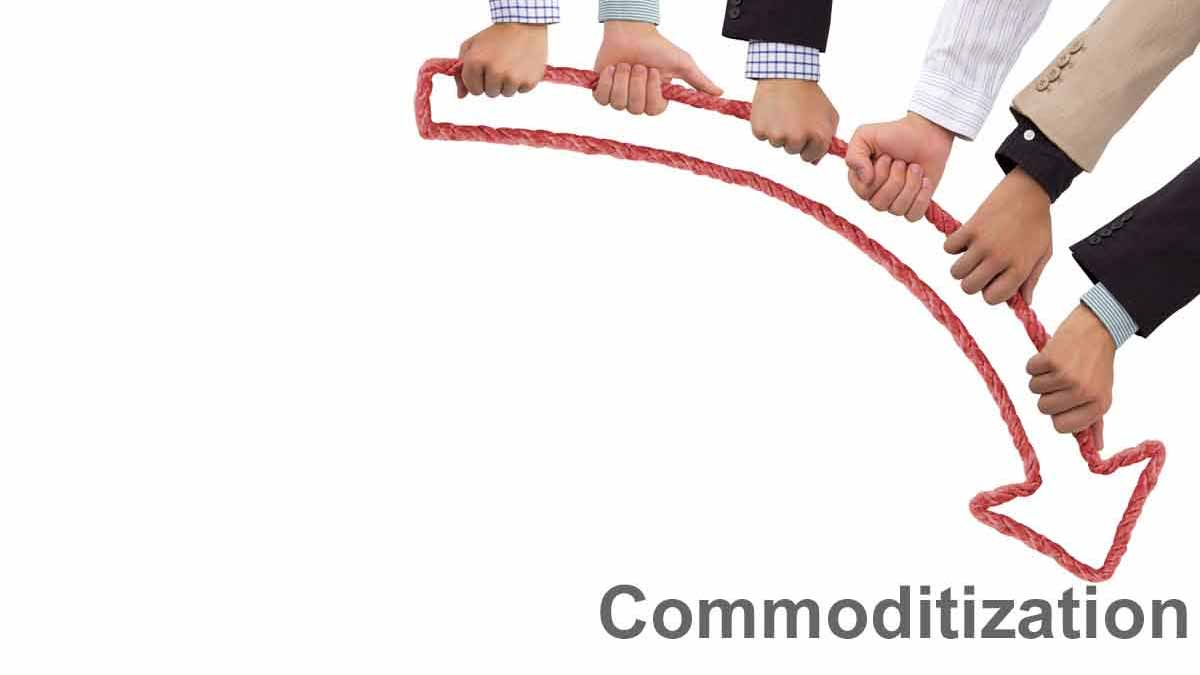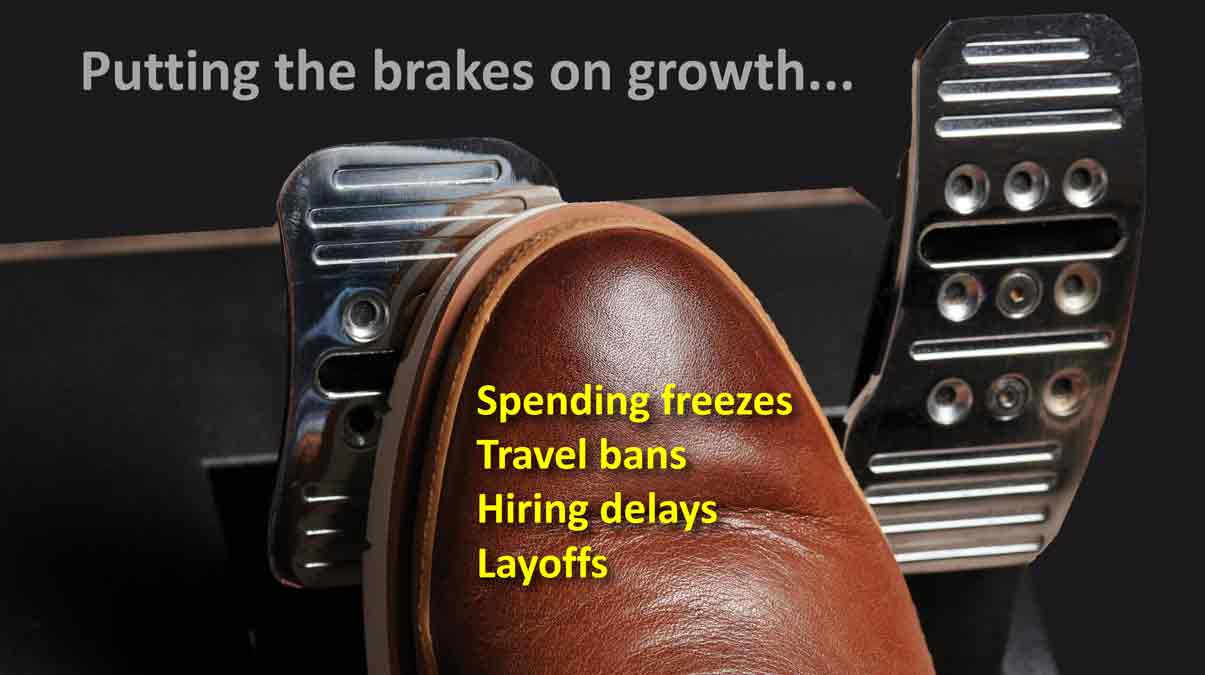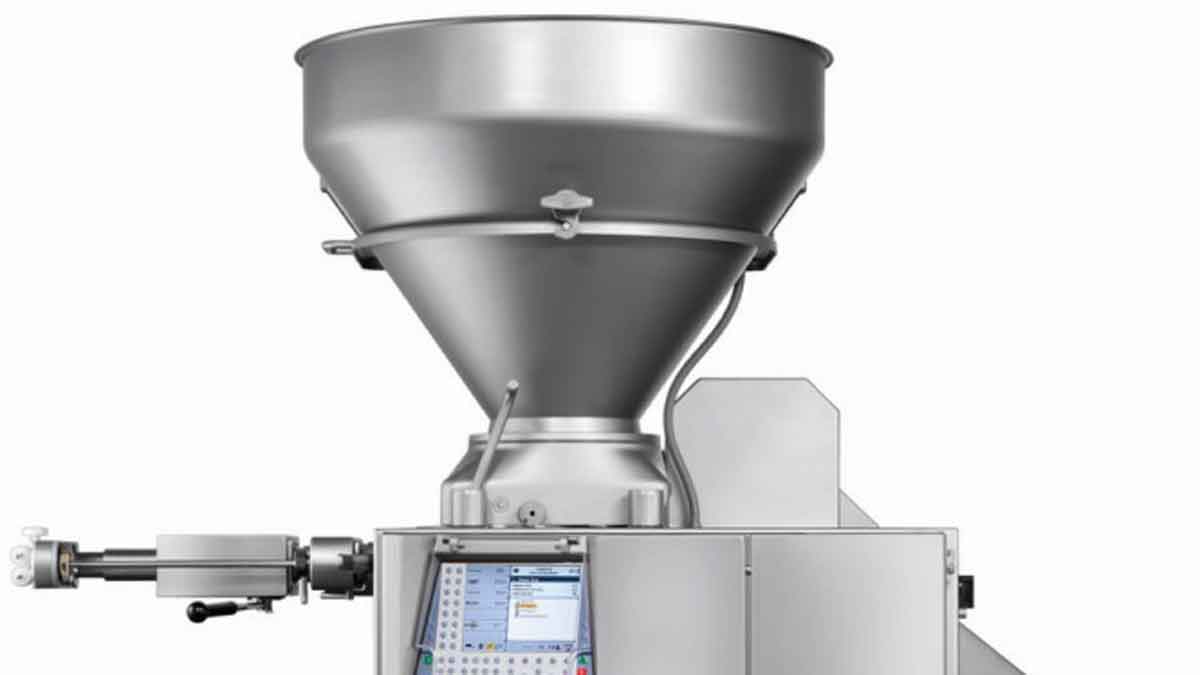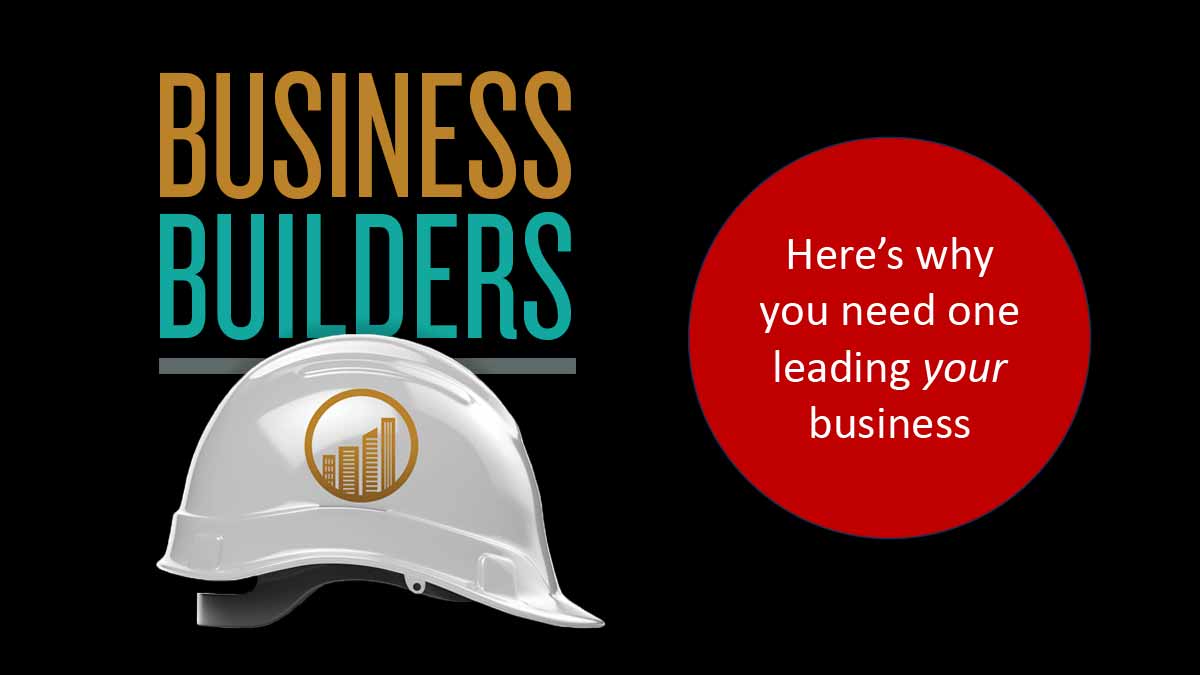There are many forces dragging your products toward commoditization: competitors trying to imitate your products… purchasing agents trying to standardize your products… new technologies trying to obsolete your products. In your quest toward specialty products, you’ll get no outside help. You own this one, baby.
More in 2-minute video at 9. Avoid the commodity death spiral
Tell me to increase shareholder value and I struggle to identify something I can do as an employee to raise earnings per share. Tell me to understand and increase customer value, and I can think of a dozen things to do, most of them actionable, measurable, and beneficial to our bottom line. Many of these I will find inspiring… as will others. Our research shows companies pursuing shareholder wealth grow slower than others.
More in Chapter 4 of Business Builders by Dan Adams
All growth-oriented innovation starts with customer outcomes. This is what customers want to have happen, with no understanding yet of how it will happen. Nothing a company does can achieve profitable, sustainable growth unless customer value is created… which comes only by improving these outcomes. Want to improve your new product success? Understand your customers’ outcomes in incredible detail.
More in 2-minute video at 22. Immerse your team in customer outcomes
Your company’s only path to profitable, sustainable, organic growth is understanding and improving customers’ important, unmet outcomes. Today this “understanding” is your best competitive advantage, simply because most B2B suppliers have far less customer insight than they could.
More in 2-minute video at 8. Rethink your major initiatives
Imagine your business stopped innovating, your profits declined, and it is now budgeting time. To salvage next year, you’ll likely cut long-term costs, e.g. R&D or marketing, further reducing your ability to create high-value products. Next year, you’ll have even fewer options. This results in death or irrelevancy. If you’ve started this spiral, pull out quickly.
More in 2-minute video at 9. Avoid the commodity death spiral
If you work inside a corporation, there’s a good chance you’re familiar with near-term cost controls: spending freezes, travel bans, hiring delays, layoffs, and so forth. Maybe you’re a business leader who has implemented these. But… have you considered the price you pay for them? Let’s see why it may be higher than you think. ... Read More
Most financial business reviews are like standing around the output die, exhorting the extruder to do better. But nobody’s checking the feed hopper. It looks like an intelligent meeting, discussing gross margins, price increases and growth rates. But these were predetermined years earlier, largely by your new products, what you put into the feed hopper.
More in 2-minute video at 10. Extend your time horizon
The cathedral-builder has counted the cost in years and is willing to pay it to create something of enduring value. He recruits and apprentices the finest stone masons and wood carvers he can find. Because these craftsmen know the passion of the builder, they are secure in their employment, and they work with pride. Do you have such builders?
More in 2-minute video at 3. Be a business builder
What if you could finish your voice-of-customer interviews in just a few weeks, not months? We’re talking about incredibly thorough qualitative and quantitative interviews. You’ll have irrefutable evidence that eliminates most commercial risk. You’ll know exactly which outcomes the market does and doesn’t want you to improve. And you’ll have it FAST. Here’s the good ... Read More
Of course, employees will be laughing; they’ve heard this one before. When satisfying the expectations of Wall Street analysts conflicts with building the firm’s long-term competitive strength, guess which usually wins? Any employee who’s been through travel restrictions, investment delays, hiring freezes, etc. knows the answer.
More in 2-minute video at 5. Shareholder wealth is a poor goal
Some executives expect employees to deliver innovation-driven growth without investing in company-wide tools and skills. Either nothing changes, or employees run off changing things in random (Brownian motion) directions. Be intentional about what new behavior is needed, and take unwavering steps to drive it. Tip: Research shows that one of the strongest growth drivers is learning strong B2B voice-of-customer skills.
More in research report, www.b2bvocskills.com
Is your business led by a Builder?… a Remodeler?… a Decorator?… a Realtor? New research by the AIM Institute shows your business will be stronger and grow faster if your senior business leader is a Builder. Let’s see why… On October 30, 2023, we published a new book by Dan Adams: Business Builders: How to ... Read More
Some leaders are Interior Decorators, trying to make the place look good every quarter… but not building anything. Others are Realtors. Their hearts are in buying and selling… reaping reward when the work of others’ hands changes hands. Others are Landlords, who apply themselves at work, but their hearts are elsewhere. Be a Builder if this is within you.
More in 2-minute video at 3. Be a business builder
If you see a business that has steadily grown over the years in size, profitability and stature… whose products have surpassed competitors’… that grinds through the hard work of delivering real customer value… that brushes aside fads, downturns and criticisms… look for the builder. If this is you, we can show you some power-tools for your next project.
More in 2-minute video at 3. Be a business builder













